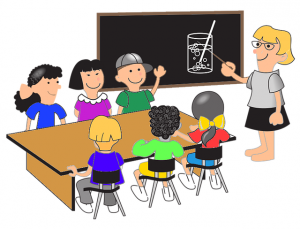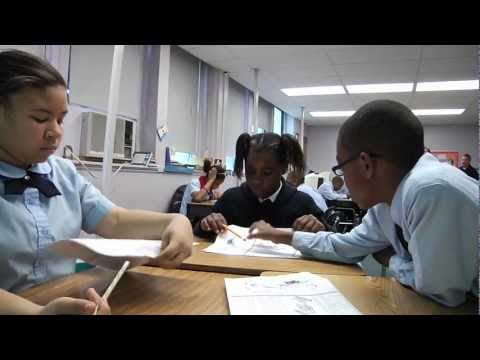Direct Instruction is an evidenced based teaching method
direct instruction refers to (1) instructional approaches that are structured, sequenced, and led by teachers, and/or (2) the presentation of academic content to students by teachers, such as in a lecture or demonstration. In other words, teachers are “directing” the instructional process or instruction is being “directed” at students.
it’s important to note that teaching techniques such as direct instruction, differentiation, or scaffolding, to name just a few, are rarely mutually exclusive—direct instruction may be integrated with any number of other instructional approaches in a given course or lesson. For example, teachers may use direct instruction to prepare students for an activity in which the students work collaboratively on a group project with guidance and coaching from the teacher as needed (the group activity would not be considered a form of direct instruction).
Key Takeaways
- Establishing learning objectives for lessons, activities, and projects, and then making sure that students have understood the goals.
- Purposefully organizing and sequencing a series of lessons, projects, and assignments that move students toward stronger understanding and the achievement of specific academic goals.
- Reviewing instructions for an activity or modeling a process—such as a scientific experiment—so that students know what they are expected to do.
- Providing students with clear explanations, descriptions, and illustrations of the knowledge and skills being taught.
- Asking questions to make sure that students have understood what has been taught.
It should be noted that the term direct instruction is used in various proprietary or trademarked instructional models that have been developed and promoted by educators, including—most prominently—Direct Instruction, created by Siegfried Engelmann and Wesley Becker, which is a “explicit, carefully sequenced and scripted model of instruction,” according to the National Institute for Direct Instruction.
Debate
personalized learning or project-based learning, to name just two options—will almost certainly require some level of direct instruction by teachers. In other words, teachers rarely use either direct instruction or some other teaching approach—in actual practice, diverse strategies are frequently blended together. For these reasons, negative perceptions of direct instruction likely result more from a widespread over-reliance on the approach, and from the tendency to view it as an either/or option, rather than from its inherent value to the instructional process.
High-leverage practices in special education. Arlington, VA: Council for Exceptional Children & CEEDAR Center. (Public domain)
Explicit Instruction- High Leverage Practice #16
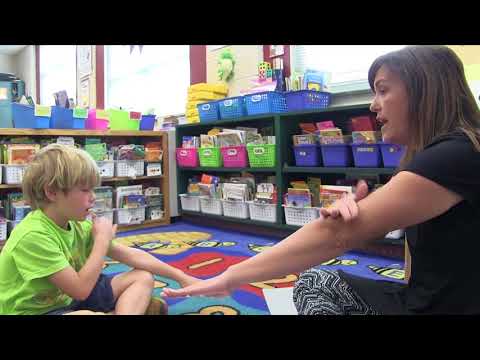
granite.pressbooks.pub/teachingdiverselearners/?p=236
youtu.be/ESFVNzihOZ0
https://highleveragepractices.org/wp...Script-002.pdf
Principles for designing intervention in mathematics. Washington,
DC: Office of Special Education, U.S. Department of Education and is in the pubic domain.
 Explicit, Systematic Instruction in the context of Mathematics Instruction
Explicit, Systematic Instruction in the context of Mathematics Instruction
1. Advance Organizer: Providing students with an advance organizer allows them to know the specific objective of the lesson and its relevance to everyday life.
2. Assessing Background Knowledge: In assessing background knowledge, instructors determine whether students have mastered the prerequisite skills for successful problem solving in the new concept area. If the prerequisite skills were recently covered, assessment of background knowledge should be conducted quickly. If, however, those skills were taught several weeks ago, more time may be needed to refresh students’ memories. Instructors can also determine whether students are able to generalize previously learned concepts to the new concept.
For example, if students have previously learned regrouping strategies in addition and subtraction, are they able to generalize these concepts to regrouping in multiplication and division? In addition, instructors should ask students questions about the new concept to assess their knowledge of the concept.
3. Modeling: During the modeling phase, instructors “think aloud” as they model the process of working through a computation problem; read, set up, and solve a word problem; use a strategy; or demonstrate a concept. During modeling, instructors should be clear and direct in their presentation; they also should be precise and mindful in using general and mathematical vocabulary as well as in selecting numbers or examples for use during instruction. During modeling, instructors should involve students in reading the problems and should ask questions to keep students engaged in the lesson.
4. Guided Practice: During guided practice, instructors engage all students by asking questions to guide learning and understanding as students actively participate in solving problems. During this phase, instructors prompt and scaffold student learning as necessary. Scaffolding is gradually eliminated as students demonstrate accuracy in using the material being taught. Positive and corrective feedback is provided during this phase, and instruction is adjusted to match student needs.
Students should reach a high level of mastery (typically 85 percent accuracy or higher) before moving out of the guided practice phase.
5. Independent Practice: After achieving a high level of mastery, students move to the independent practice phase where they autonomously demonstrate their new
knowledge and skills. During independent practice, the instructor closely monitors students and provides immediate feedback as necessary. Countless independent practice activities can be used with students, and the primary focus of the independent practice activity should be related to the content of the modeling and guided practice. If students demonstrate difficulty at this stage, instructors evaluate and adjust their instruction to re-teach concepts as needed.
6. Maintenance: Students with disabilities often have a difficult time maintaining what they have learned when the knowledge is not used on a regular basis.
Students are given opportunities to independently practice these skills during the maintenance phase. During this phase, instructors use distributed practice to assess student maintenance at regularly scheduled intervals. Distributed practice is focused practice on a specific skill, strategy, or concept. The frequency of these practice assessments is determined by the difficulty level of the skill and according to individual student needs. Maintenance may also include cumulative practice.
the bulk of the instruction should occur within the guided practice phase (National Center on Intensive Intervention, 2013).
Watch Videos on Direct and Explicit Instruction
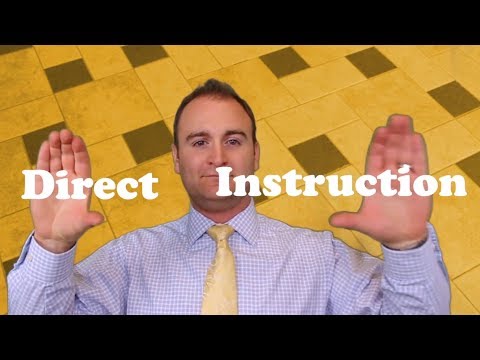
granite.pressbooks.pub/teachingdiverselearners/?p=236
youtu.be/OJJkkUPC_yM
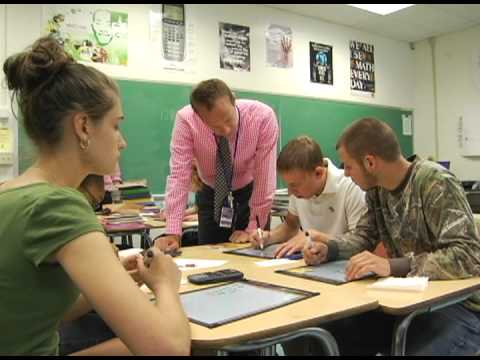
granite.pressbooks.pub/teachingdiverselearners/?p=236
youtu.be/APyvwPzxZ7I
The Gradual Release Model
Key Takeaways
[I do-We do- You do] model and similar aspects of the Direct Instruction Method:
-
Modeling
-
Guided Practice
- Independent Practice (check for understanding).
- Additional steps in the Direct Instruction Teaching Method Include:
Monitoring- how will you formatively assess learning and collect data on student learning?
Feedback– how will you respond to student learning: move learning forward, address misconceptions, and areas of difficulty?
youtu.be/uE_KTMRwbJs
